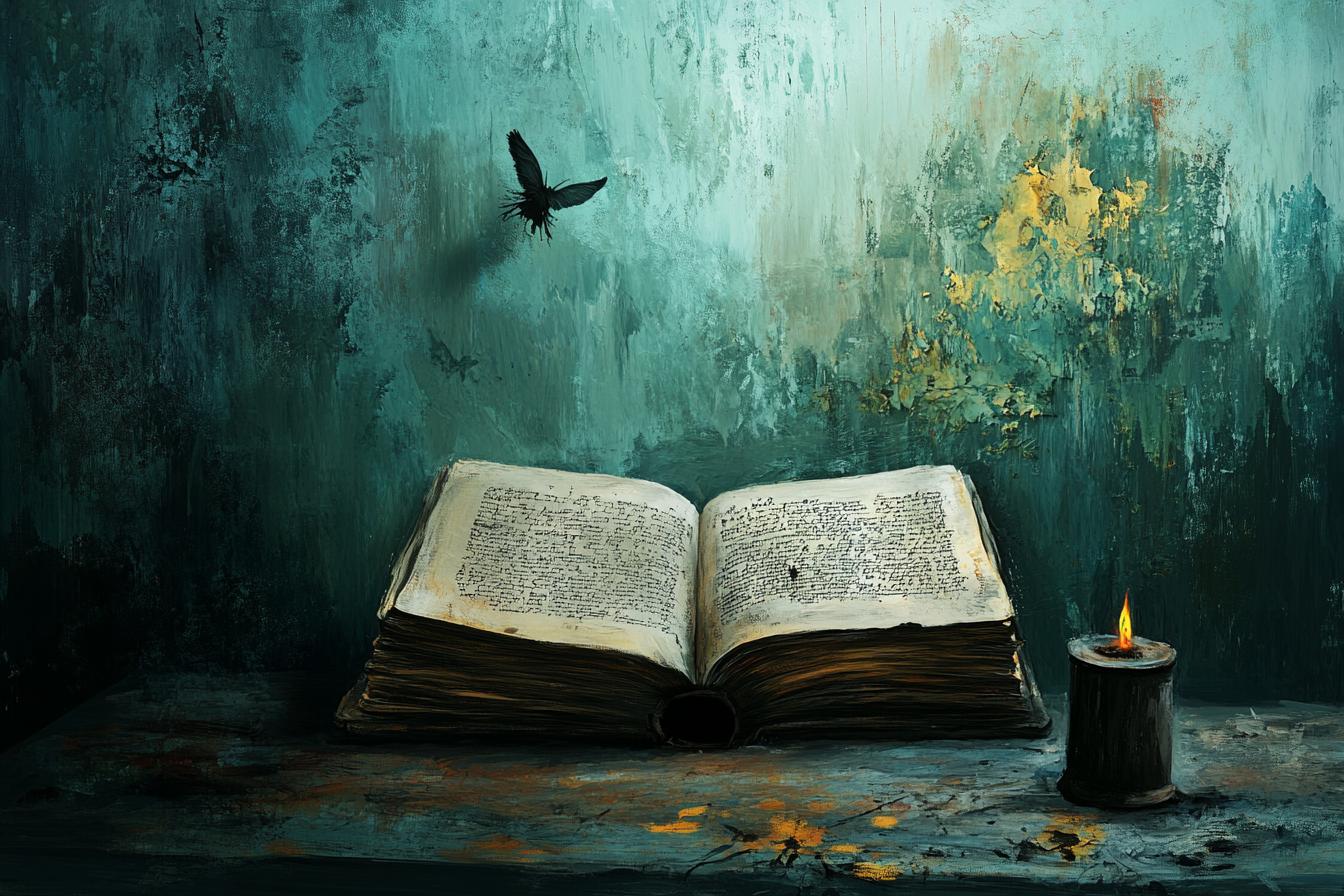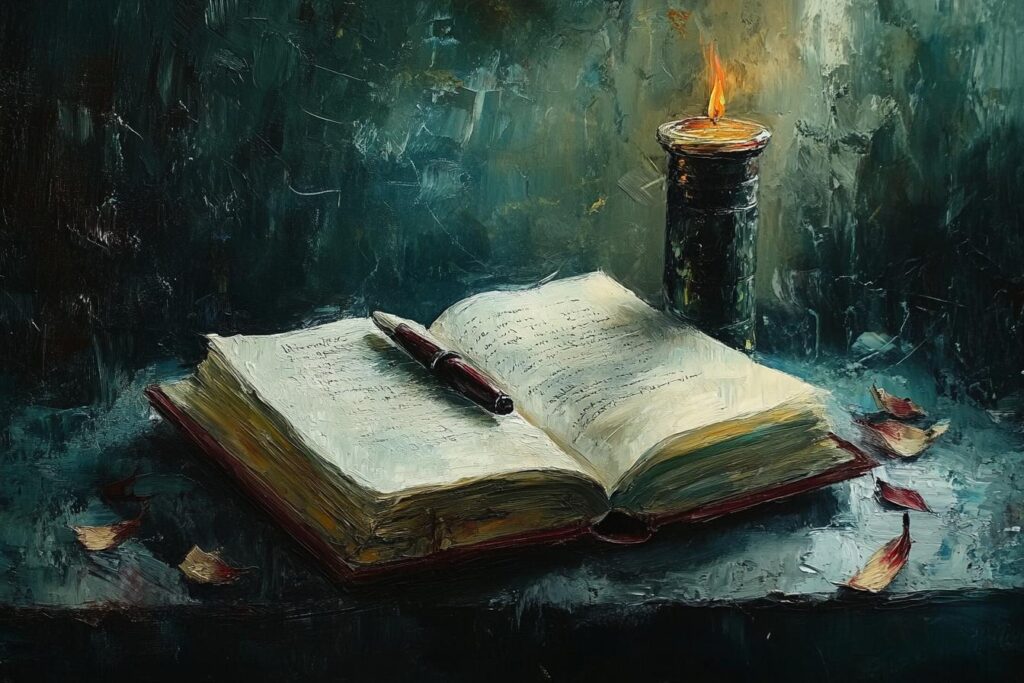Poetry, at its core, is a condensed and evocative form of language. It often employs figurative language, such as metaphors, similes, and symbolism, which can create layers of meaning and interpretation. This density of language can make some poems challenging to understand, especially for those unfamiliar with poetic devices. Think of it like learning a new language: the more you practice and immerse yourself in the vocabulary and structure, the more you can decipher its intricacies. Furthermore, poets may deliberately obscure meaning to create a sense of mystery or to challenge the reader to engage with the text on a deeper level. Their intention might be to evoke an emotion, spark a reflection, or invite the reader to participate in the creation of meaning.
Another factor contributing to the difficulty of understanding some poems is the historical context in which they were written. Poetry often reflects the social, political, and cultural landscape of its time. Without an understanding of these influences, certain references, themes, and allusions might be lost on the reader. For example, a poem written during the Romantic era might contain references to specific events or philosophies that were prevalent at the time. This historical lens can provide valuable insights into the poem’s meaning, but it can also present a hurdle for those unfamiliar with the era. In essence, understanding a poem can be like piecing together a puzzle, where each piece represents a different aspect of the poem’s meaning.

1. Why Are Some Poems Difficult to Understand
Poems can be tricky to grasp for a few reasons. Sometimes, poets use language in a very specific and creative way, employing metaphors, symbolism, and imagery to evoke emotions and ideas. These literary devices can be confusing if you’re not familiar with them or if the poet’s approach is particularly abstract. Additionally, poems often explore complex themes, like love, loss, or the human condition, which require thoughtful reflection and sometimes even personal experience to fully understand.
Furthermore, the structure of a poem can also pose a challenge. The way lines are arranged, the rhythm and rhyme scheme, and the use of enjambment (a line break in the middle of a sentence) can all influence the meaning and flow of the poem. If you’re not used to reading poetry, these elements might feel unfamiliar and even disorienting. However, the effort to decipher a challenging poem is often rewarding, as it opens up new ways of thinking and seeing the world.
2. Figurative Language and Symbolism
Figurative language, like metaphors, similes, and personification, adds layers of meaning and imagery to poetry. These devices create vivid pictures in the reader’s mind, but they also invite interpretation. When a poet compares a lover to a rose, for example, the reader must consider the implications of that comparison. Is the lover beautiful and delicate, or are they also prickly and short-lived? The poet may not explicitly state the answer, leaving the reader to ponder the deeper meaning.
Symbolism works in a similar way. A particular object, color, or action can represent an abstract idea or emotion. A dark forest might symbolize fear or uncertainty, while a bright sunrise could represent hope or new beginnings. Understanding the symbolism in a poem requires careful attention to detail and an openness to exploring multiple interpretations. The poet may use these symbols to communicate complex emotions or themes that would be difficult to express directly.
3. Complex Themes and Ideas
Some poems delve into complex themes and ideas that require a certain level of knowledge or understanding to fully grasp. These poems might explore philosophical concepts, abstract notions, or historical events that demand careful consideration and reflection. The poet might use symbolism, metaphors, and other literary devices to convey these ideas, which can add layers of meaning and make the poem more challenging to decipher.
Furthermore, the poet may choose to present these complex themes in a fragmented or nonlinear manner, requiring the reader to piece together the meaning through careful observation and interpretation. This approach can create a sense of mystery and intrigue, but it can also make the poem feel more abstract and difficult to understand.
4. Unfamiliar Vocabulary
Sometimes, poems use words that are not common in everyday speech. These words can be archaic, meaning they are no longer in use, or they might be highly specialized terms from a particular field like science or history. These words can create a barrier to understanding, making the poem feel like a puzzle to solve. Imagine trying to understand a conversation where someone uses words you’ve never heard before! It’s the same with poetry; unfamiliar vocabulary makes it harder to grasp the meaning.
However, encountering unfamiliar words in poetry presents an opportunity to learn! You can look up these words in a dictionary or online, and in doing so, you expand your vocabulary and deepen your understanding of the poem. By taking the time to decode these unfamiliar words, you unlock a new layer of meaning and appreciation for the poet’s craft.
5. Historical Context and Allusions
Poems often draw heavily on historical events, cultural references, and literary traditions. These references, known as allusions, can act as shortcuts, assuming the reader has a shared understanding of the historical context. For example, a poem mentioning “the Trojan Horse” assumes the reader is familiar with the Greek myth and its significance. If you don’t know the story, the reference will be lost, making the poem seem obscure or even nonsensical. This reliance on shared knowledge can make older poems particularly challenging for modern readers, as cultural norms and understandings have shifted over time.
Furthermore, poems frequently employ allusions to other literary works. A poet might reference a specific line from Shakespeare, assuming the reader recognizes the original source. These allusions can add layers of meaning and depth to the poem, but they can also be confusing if the reader is unfamiliar with the referenced text. Understanding these allusions requires a degree of literary knowledge and a willingness to delve into the historical and cultural context surrounding the poem. This can be a rewarding process, but it can also be daunting for those new to the world of poetry.
6. Personal Interpretation and Subjectivity
Poetry, unlike a mathematical equation, doesn’t always offer a singular, fixed solution. It thrives on ambiguity, inviting readers to engage with the text on a personal level. Each reader brings their own experiences, emotions, and perspectives to the poem, shaping their interpretation. This subjective lens can lead to a diverse range of understandings, even among readers who share a common language and cultural background. The poem becomes a mirror reflecting the reader’s own inner world, adding layers of meaning and resonance.
Furthermore, poets often utilize symbolism, metaphor, and imagery, creating a tapestry of evocative language that invites multiple interpretations. The meaning of a poem can shift depending on how a reader understands these symbolic elements. A single word, phrase, or image can hold different significance for different individuals. Ultimately, the richness of poetry lies in its capacity to spark individual thought and evoke unique feelings, making it a truly personal and deeply rewarding experience.
Conclusions
So, there you have it! Poetry can be a bit of a puzzle sometimes, but that’s part of the fun. It’s like a secret code that you get to crack. When poets use figurative language and symbolism, they’re inviting you to think deeper and explore different meanings. And sometimes, they’re dealing with complex themes and ideas that might take a little digging to understand. Don’t forget about those fancy words and historical references! Those can be tricky, but they add another layer of richness to the poem. Ultimately, though, poetry is about personal interpretation. It’s about what the poem makes you feel and think. So, don’t be afraid to let your imagination run wild and enjoy the journey!

